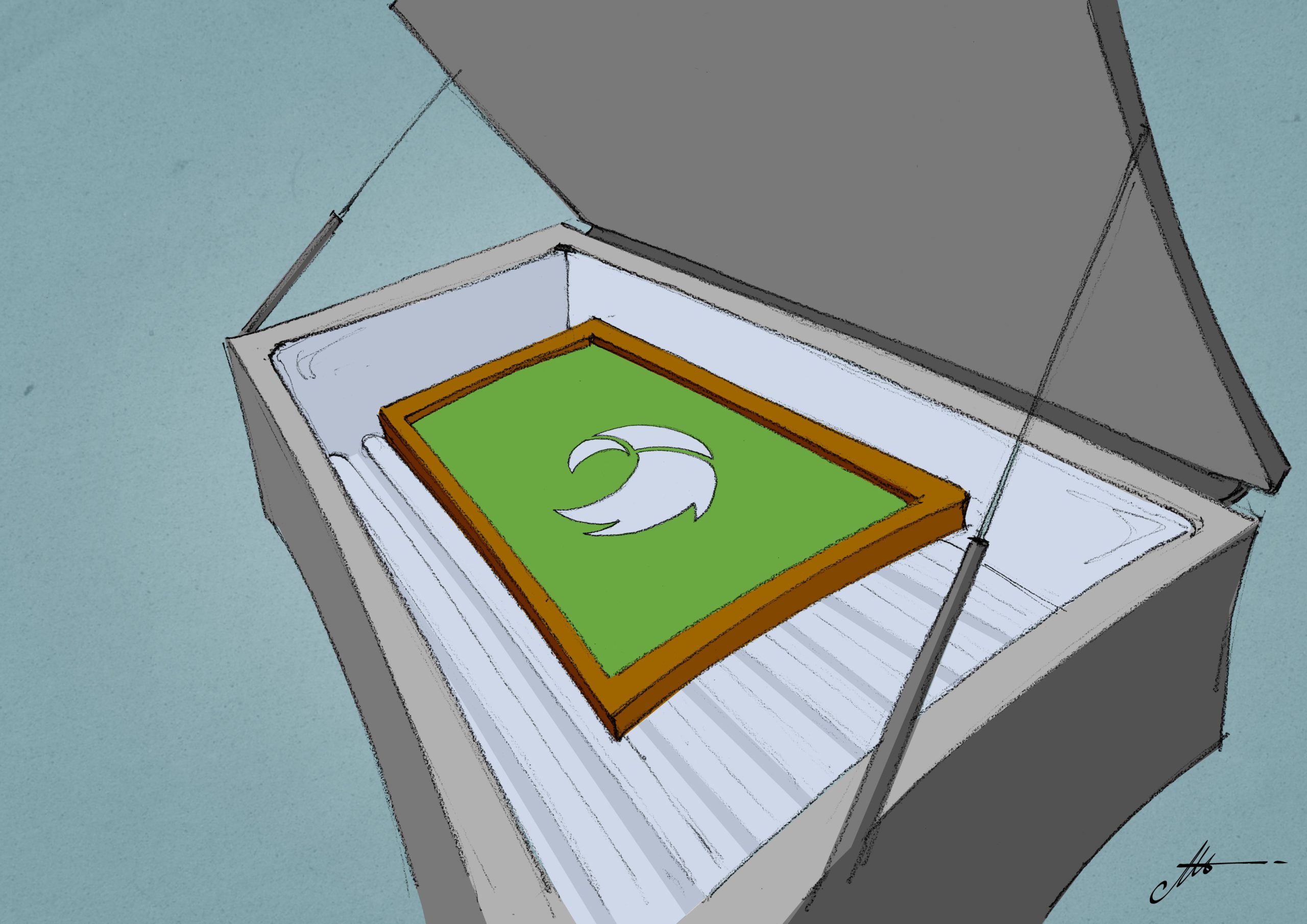One of the most critical steps in the pre-printing process is the exposure of the frame. The risk, if it’s not done correctly, is having to throw away all the work that went into stretching and exposing the frame, as well as the associated costs. Here are some little tricks to help make sure you expose your screen printing frames successfully.
To expose the screen-printing frame, any source of white light can be used, with certain limitations that I’ll explain below, otherwise, a more professional solution would be to use a UV light source.
The UV light source can simply be a standard UV neon light. If using a UV light source, a classic diazo emulsion, suitable for all ink types, can be used.
The white light source can simply be a white light neon tube or, alternatively, a standard 250-watt (or higher) halogen spotlight will suffice.
When using white light, the standard diazo emulsions either only react slightly or not at all; ready-to-use fast emulsions (without diazo), such as QLT, need to be used. These emulsions have limited resistance to water-based inks, and tend to spoil after about 200 prints; they can be used with no limitations with plastisol and solvent-based inks.
Screens: the screen-printing mesh normally used is polyester monofilament. Regarding the frames, the most commonly used are wooden ones, they are light and inexpensive.
Metal frames, which can have a range of different outlines, last longer but are heavier and more expensive. Wooden frames allow you to stretch the fabric yourself, using a stapler to fix it with staples or even doing it manually; with metal frames the mesh must be glued using special equipment.

